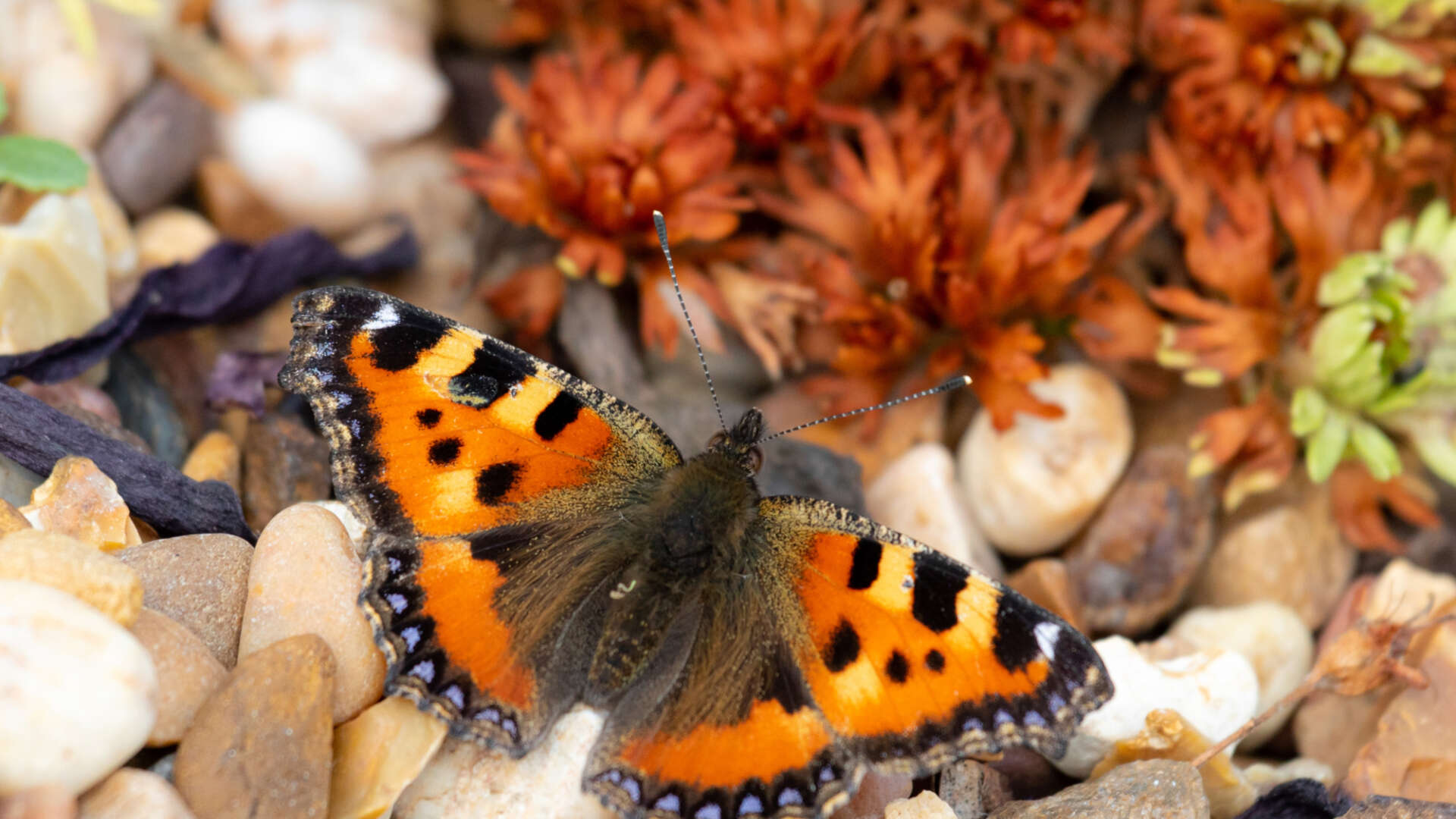Results are in for last year’s Big Butterfly Count

Dr Zoë Randle, Senior Surveys Officer at Butterfly Conservation said: “This year’s results show that the average number of butterflies and moths per count is the lowest we’ve recorded so far. On average people counted nine butterflies or moths per count, which is down from 11 in 2020, and down again from 16 in 2019. More counts are undertaken and submitted year on year, but it seems that there are fewer butterflies and moths around to be counted.”
Some of the UK’s most-loved species are under threat. The iconic Peacock butterfly suffered its lowest numbers since 2012. And the Small Tortoiseshell, once a frequent visitor to gardens in the UK, had its third worst summer in the history of the Big Butterfly Count and shows a significant long-term decline in Britain. However, it wasn’t bad news for all species, with some, including the Marbled White and Ringlet, appearing to bounce back from their low numbers during last year’s Big Butterfly Count.
It seems the weather was partly to blame.
Dr Randle explains: “Some of the UK’s butterflies have more than one generation per year, meaning we would see adult butterflies in spring and summer… March 2021 was warmer than average which would have stimulated butterfly activity. However, May was very wet which will have hampered butterfly feeding and breeding. These combined weather effects are likely to have reduced the spring generation which has knock-on effects for the second generation in the summer.”
Butterflies and moths are important indicators of the health of the environment, and a decline in abundance is a serious cause for concern. Butterfly Conservation has launched an ambitious strategy to help address the problems for butterflies and moths and be part of nature’s recovery.
Julie Williams, CEO of Butterfly Conservation, says: “The facts are clear. Nature is in crisis and we need urgent action, not just to prevent further species losses but to rebuild biodiversity… through our new strategy Butterfly Conservation is pledging to halve the number of threatened butterfly and moth species in the UK, double our impact on landscape restoration, and galvanise thousands of people to create new wild spaces for nature.
“We can’t do this alone though and are urging people to join us to create a world where butterflies and moths thrive and can be enjoyed by everyone, everywhere.”
See here for a list of plants to help support butterflies, moths and other flying insects in your growing area.
And here for the full results of the Big Butterfly Count 2021.